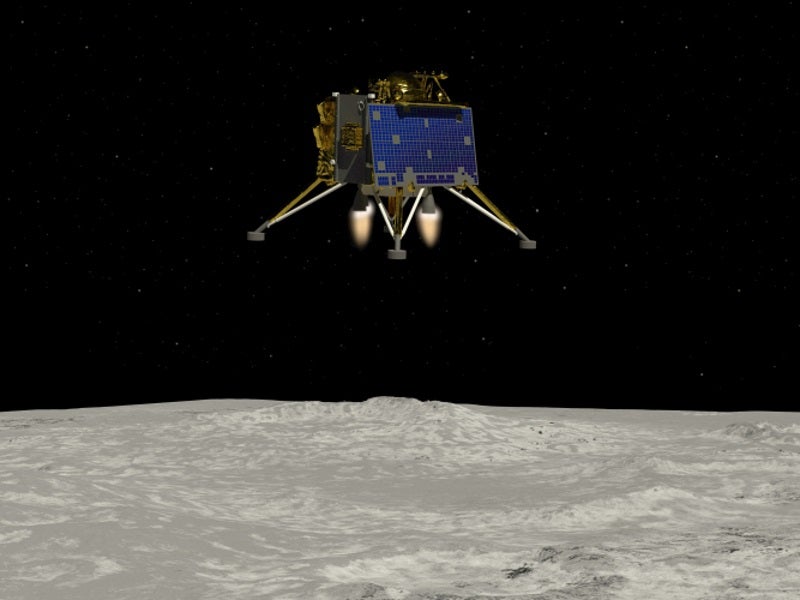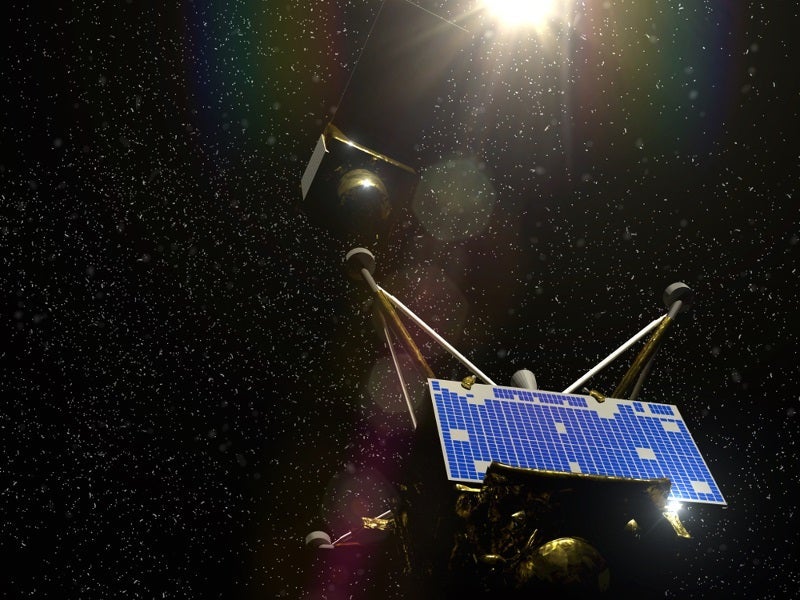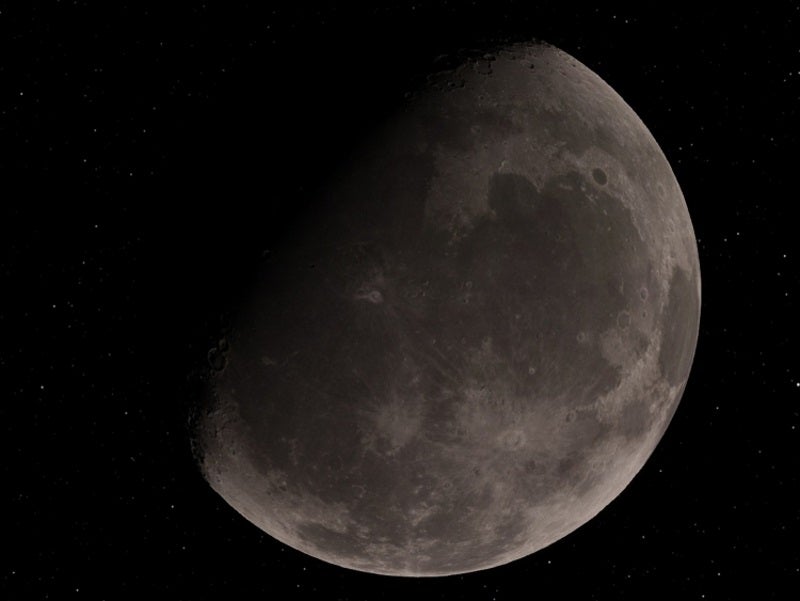India’s third lunar exploration mission, Chandrayaan 3 was announced following the Chandrayaan 2 failure to soft-land on the moon in 2019.
The former mission aimed to explore the moon’s South Pole.
Indian Space Research Organisation (ISRO) will manage the Chandrayaan 3 mission that has already been approved by the Indian Government.
The Indian Space Agency estimates Chandrayaan 3 to cost approximately Rs2.5bn ($35m), excluding the launch vehicle that will cost additional Rs3.5bn ($50m).
Chandrayaan 3 mission details
ISRO plans to launch Chandrayaan-3 between 2020 and 2021. The new mission’s goal is to land on the lunar South Pole, similar to its predecessor.
The launch will be performed using the GSLV Mk III rocket.
The mission configuration will include a lander and a rover. The existing Chandrayaan 2 orbiter will be used, reducing the overall mission cost.
Weighing 2,379kg, the orbiter carries five instruments and has a mission life of seven years. It is mounted with solar panels that can generate 1kW of electrical power.
GSLV Mk III launch vehicle
GSLV Mark 3 (GSLV Mk III) is a three-stage heavy-lift launch vehicle that was also used for launching the Chandrayaan 2 in 2019. It consists of a core liquid booster (L110), two solid rocket boosters (S200) on each side and a cryogenic upper stage (C25).
India’s biggest cryogenic engine CE-20 powers the upper stage. Two Vikas engines that burn 110t of fuel power the core stage.
India’s Chandrayaan lunar exploration missions
India’s first lunar exploration mission Chandrayaan 1 was launched in October 2008 and successfully performed chemical, mineralogical and photo-geologic mapping of the moon. It orbited 100km above the lunar surface and carried 11 payloads to perform its mission. Chandrayaan 1 detected water molecules near lunar poles.
India’s second lunar exploration mission, Chandrayaan 2, which ISRO considered as highly complex, aimed to explore the South Pole, anticipating that chances of water presence could be higher in that area.
The lander used for the Chandrayaan 2 mission, Vikram crashed on the moon after ground stations lost communication with it. The contact was lost after the lander descended to 2.1km.
India’s low-cost space missions
India successfully launched multiple low-cost space missions such as the Mars Orbiter Mission (MoM), also known as Mangalyaan, and Chandrayaan 1 and aims to launch more.
ISRO also plans to launch manned and unmanned missions to space under India’s ambitious Gaganyaan programme that was announced in 2018 and has a budget approval for Rs100bn ($1.4bn).
Russia will provide training support to the crew planned to be sent as part of the manned mission. Four pilots from the Indian Air Force (IAF) were selected, while up to three will be sent to space. The unmanned mission will use a lady robot called Vyomamitra. The manned space mission under Gaganyaan is scheduled for 2022.
Aditya L-1, India’s first solar observatory mission, is expected to be launched in 2020. It will study the solar corona.






